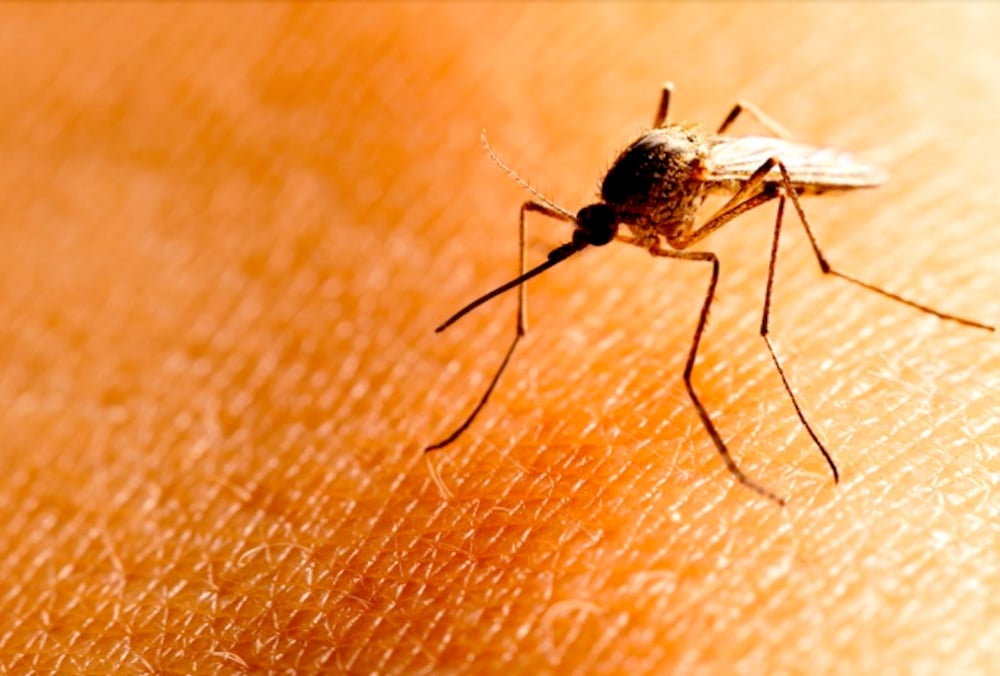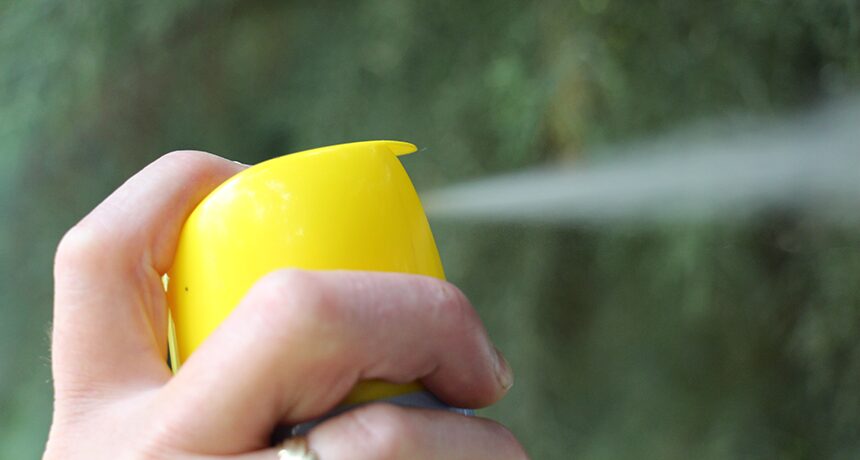Mosquitoes, those tiny buzzing creatures, can turn a pleasant outdoor experience into a nightmare. Beyond their irritating bites, mosquitoes pose a significant threat to public health as carriers of diseases like malaria, dengue fever, and Zika virus. Protecting ourselves and our communities from these blood-sucking pests requires effective control strategies. In this blog post, we will explore various methods to keep them at bay, focusing on key insights into their behavior, eliminating breeding grounds, screening and sealing, landscaping techniques, outdoor lighting alternatives, repellents and sprays, traps, maintenance and cleaning, timing outdoor activities, and the importance of community efforts. Let’s dive in!
Understanding mosquito behavior: Key insights for effective control

Source: manitobacooperator.ca
To effectively control mosquitoes, it is essential to understand their behavior. They are attracted to sources of standing water, as it provides an ideal environment for them to breed. They are most active during dawn and dusk when the temperatures are cooler. Aphids also rely on carbon dioxide, body heat, and certain scents to locate their hosts. By understanding these behaviors and working with organizations like Cape Cod Mosquito Control, we can implement targeted control measures that disrupt their breeding habits, reduce their attraction to humans, and ultimately minimize their population in the region.
Eliminating breeding grounds: Removing stagnant water sources
They breed in stagnant water, so eliminating their breeding grounds is crucial. Regularly inspect your property for any standing water, including clogged gutters, flower pots, bird baths, and discarded containers. Empty, clean, or cover these water sources to prevent them from laying eggs. Consider adding larvicide products to water features that cannot be drained or cleaned, such as ponds. Additionally, ensure proper drainage in your yard to prevent water accumulation. By removing stagnant water, you significantly reduce the mosquito population around your home.
Screening and sealing: Protecting windows and doors
Preventing them from entering your home is an important aspect of outdoor control. Install window and door screens with a mesh size of 18×14 or smaller to effectively keep them out while allowing fresh air to circulate. Make sure screens are intact and free from tears or holes. Seal any gaps or cracks around windows, doors, and utility openings to deny entry to these pesky insects.
Landscaping techniques: Natural deterrents and mosquito-repelling plants

Source: prevention.com
Strategic landscaping can play a significant role in reducing aphid populations around your property. Consider planting mosquito-repelling plants such as lavender, citronella, lemongrass, and marigolds in your garden. These plants emit scents that naturally repel aphids. Additionally, trim shrubs and tall grass regularly to eliminate potential resting spots for them during the day. Creating a well-maintained and landscaped outdoor space not only enhances the aesthetic appeal of your property but also acts as a natural deterrent to them.
Outdoor lighting: Using alternatives to minimize mosquito attraction

Source: lumennow.org
Mosquitoes are attracted to light, especially ultraviolet (UV) light. Choosing the right outdoor lighting can help reduce their attraction and subsequently lower activity around your home. Opt for yellow or LED lights instead of traditional white incandescent bulbs, as they are less appealing to aphids. Place lights strategically away from gathering areas, such as patios and seating areas, to draw them away from where you and your guests spend time.
Repellents and sprays: Safe and effective options for personal use

Source: snexplores.org
When venturing outdoors, it is important to protect yourself from bites. Use repellents that contain active ingredients like DEET, picaridin, or oil of lemon eucalyptus. Apply the repellent according to the instructions provided and reapply as necessary. Wearing long sleeves, pants, and socks can provide an additional physical barrier against these bites. For added protection, treat your clothing with permethrin, an insecticide that repels and kills them. By using repellents and taking appropriate precautions, you can enjoy your outdoor activities without constantly swatting away aphids.
Mosquito traps: Choosing and deploying effective trapping methods
Mosquito traps can be a valuable tool in reducing populations. When selecting a trap, consider factors such as the trap’s range, attractants used, and maintenance requirements. Some traps use carbon dioxide or ultraviolet light to lure aphids and then capture them. Place traps strategically around your property, focusing on areas where they are most active. Regularly clean and maintain the traps to ensure their effectiveness. While traps can help reduce local populations, they are best used in conjunction with other control methods for comprehensive control.
Maintenance and cleaning: Regular upkeep to deter mosquito breeding
Consistent maintenance and cleaning practices are essential for long-term control. Keep your yard well-maintained by regularly mowing the grass, pruning vegetation, and removing debris that can collect water. Clean out gutters to prevent clogging and water buildup. Maintain swimming pools and spas with appropriate chemicals to prevent them from becoming breeding grounds. By staying vigilant and implementing proper upkeep, you create an environment that discourages them from breeding and thriving.
Timing outdoor activities: Strategies for avoiding peak mosquito hours

Source: experienceprincegeorges.com
Planning outdoor activities around peak hours can significantly reduce your exposure to these pests. They are most active during dawn and dusk, so consider scheduling your outdoor gatherings or exercise routines for other times of the day. If you must be outdoors during peak hours, wear protective clothing and apply repellent to minimize the risk of bites. By being mindful of the timing of your activities, you can enjoy the outdoors while minimizing your interaction with mosquitoes.
Community efforts: Collaborative approaches for mosquito control success
Mosquito control is not just an individual effort; it requires community involvement for maximum effectiveness. Coordinate with your neighbors to address potential breeding sites collectively. Encourage the proper disposal of trash and removal of items that can hold water. Support local control programs and initiatives aimed at educating the public about mosquito-borne diseases and effective prevention strategies. By working together as a community, we can create a safer and more enjoyable outdoor environment, free from the nuisance and health risks associated with them.
Conclusion
In conclusion, effective outdoor mosquito control involves a multi-faceted approach. By understanding their behavior, eliminating breeding grounds, implementing protective measures, utilizing natural deterrents, and practicing personal protection, we can significantly reduce populations and minimize their impact on our outdoor experiences. Remember, control is a shared responsibility, and community efforts play a vital role in achieving long-term success. Let’s take action today to keep them at bay and create a safer, mosquito-free environment for ourselves and future generations.


















